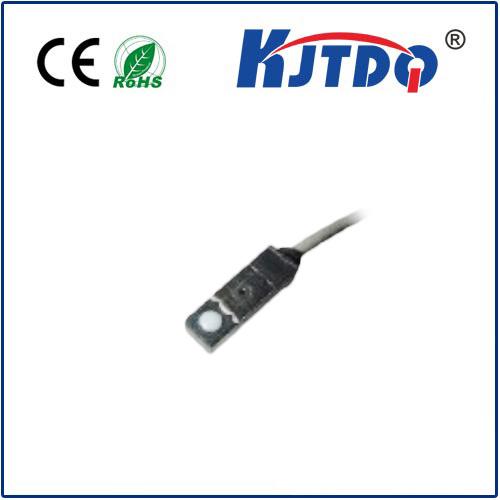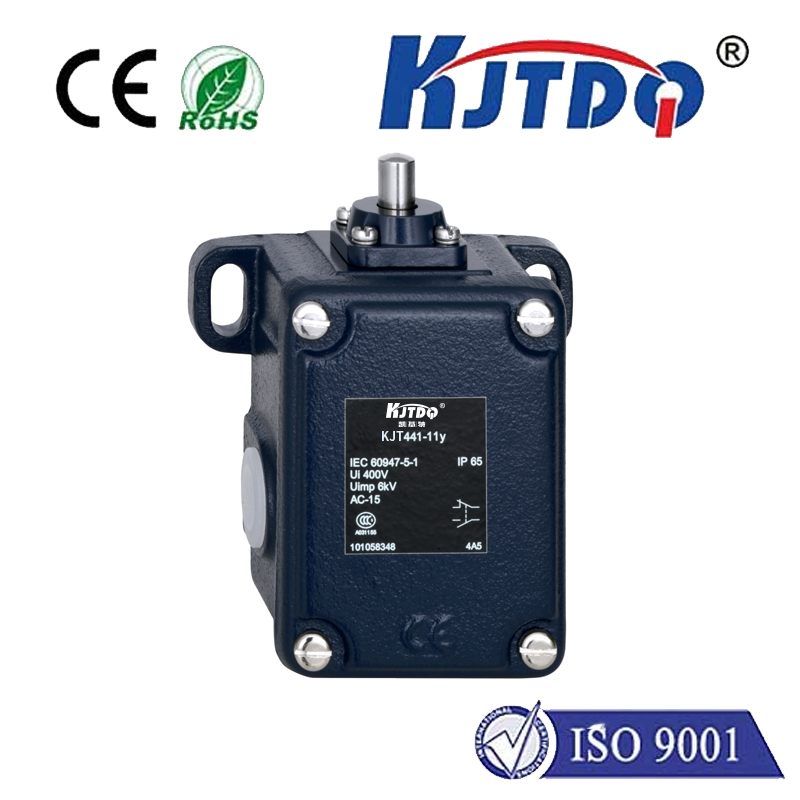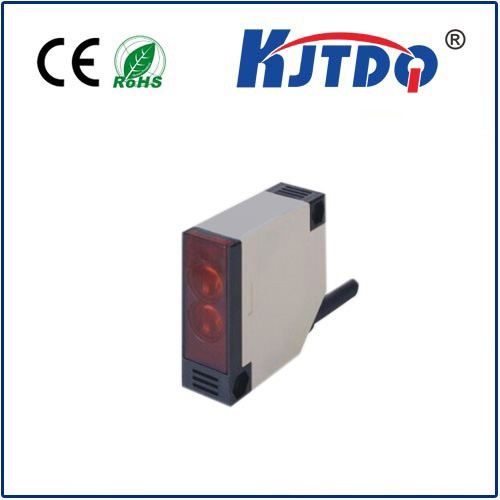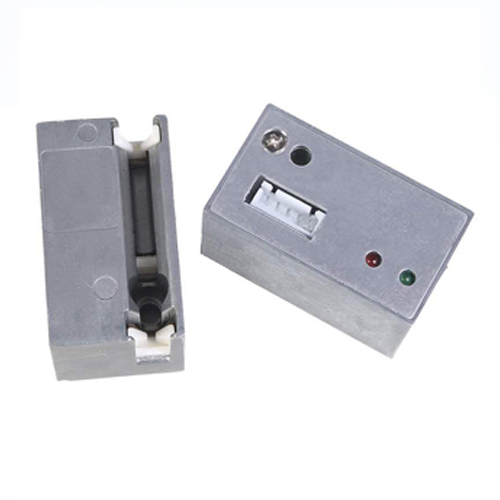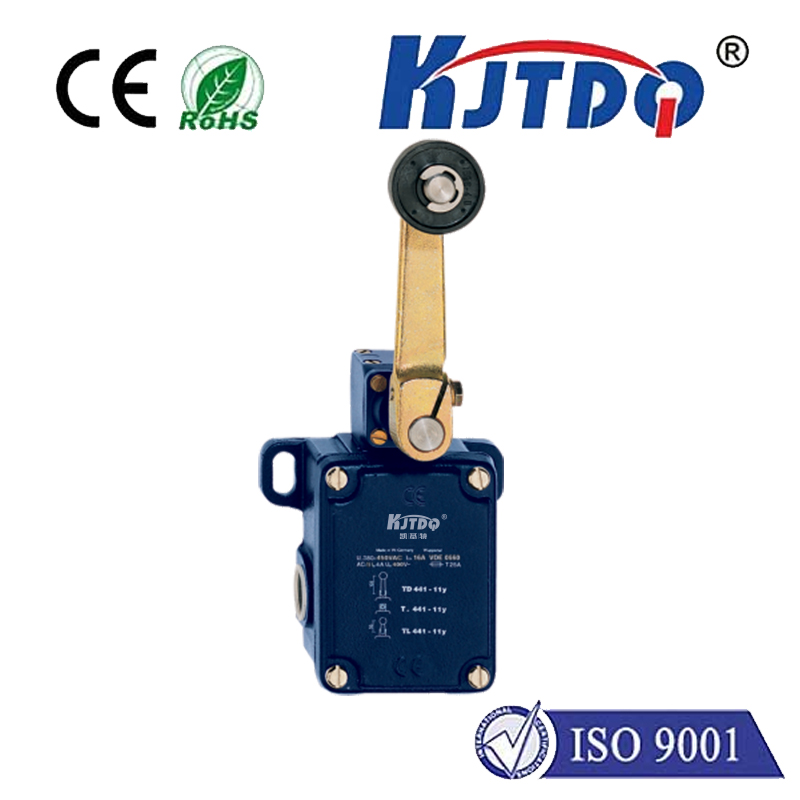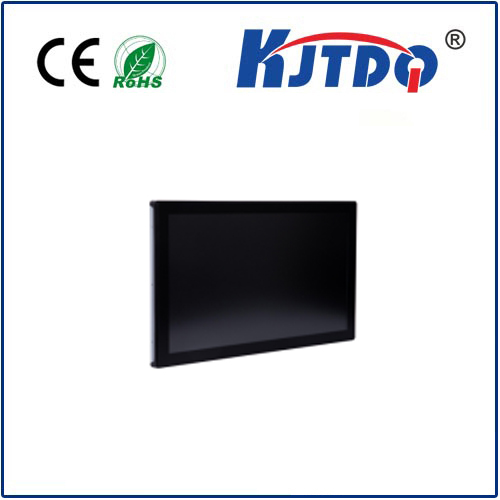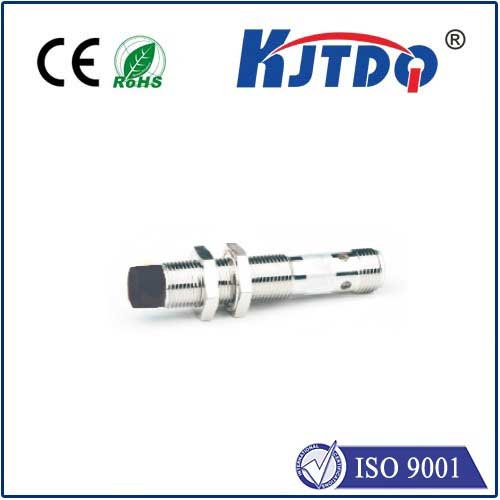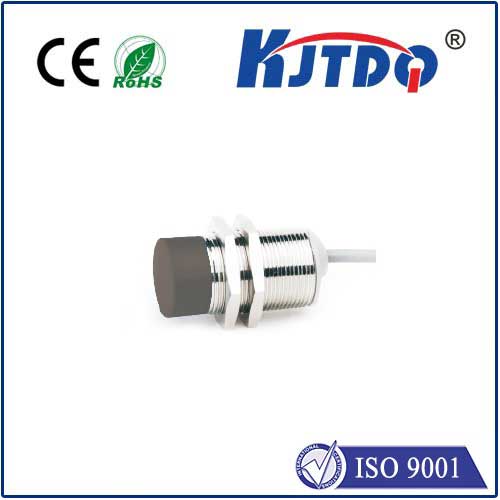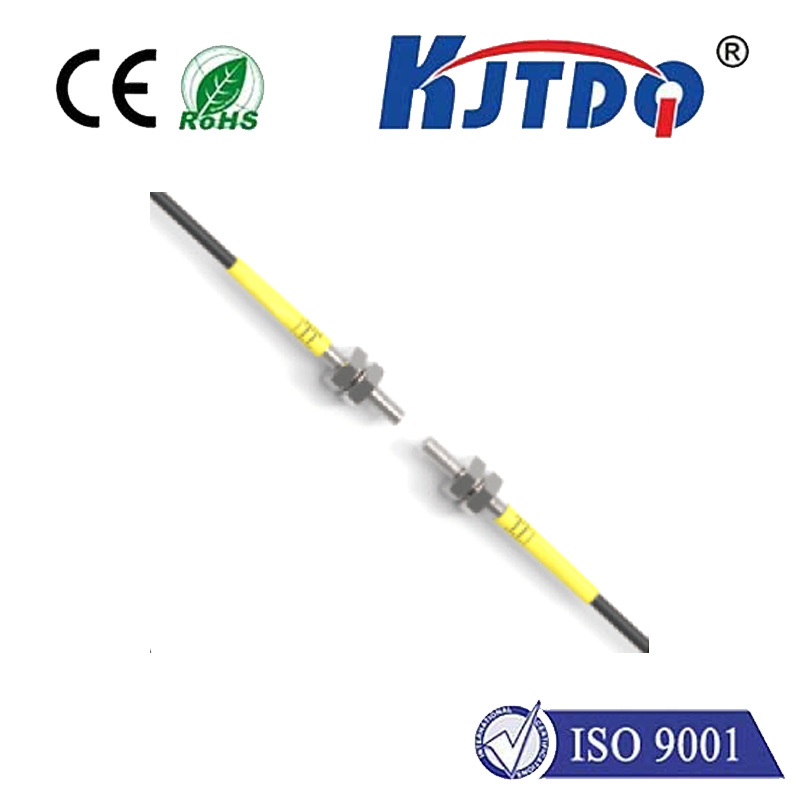выключатель верхнего предела пригородной печи
- time:2025-08-07 00:45:31
- Нажмите:0
Suburban Furnace High Limit Switch: Your RV’s Guardian Against Overheating
Imagine cozying up in your RV on a chilly mountain night, relying on your trusty Suburban furnace… only for it to abruptly shut down, leaving you in the cold. If this frustrating scenario sounds familiar, the culprit could very well be a crucial but often overlooked component: the Suburban furnace high limit switch. This small device plays a massive role in both your comfort and, more importantly, your safety on the road. Understanding its function, recognizing signs of trouble, and knowing what to do when it acts up are essential for every RV owner.
The Essential Sentinel: What is a High Limit Switch?
At its core, the high limit switch (HLS), sometimes called a температурный ограничитель or предохранительный выключатель печи, is a fundamental safety mechanism integrated into your Suburban furnace. Think of it as a vigilant guard constantly monitoring the furnace’s internal temperature.

Its primary job is simple but critical: shut down the furnace burner instantly if the heat inside the plenum (the chamber where heat is exchanged) exceeds a safe operating threshold. This threshold is carefully calibrated by Suburban engineers to prevent:
- Catastrophic Overheating: Extremely high temperatures can damage vital furnace components like the heat exchanger, potentially leading to costly repairs or total furnace failure.
- Fire Hazard: Preventing excessive heat buildup is a primary line of defense against potential fire risks within the furnace compartment and adjacent RV structures.
- Safety Release: It acts as a backup safety net, potentially engaging before the even more critical Переключатель рулона (which detects dangerous flames escaping the burner area) needs to intervene.
Essentially, the high limit switch is your furnace’s built-in emergency brake, pulling the plug when things get dangerously hot inside.
Recognizing the Red Flags: Symptoms of a Tripped or Faulty Switch
A properly functioning high limit switch is quiet and unobtrusive. Problems arise when it trips repeatedly or fails entirely. Watch for these telltale signs:
- Short Cycling (The Most Common Sign): The furnace starts normally, produces heat for a short period (maybe just a few minutes), then shuts down completely. After a cool-down period (often several minutes), it might restart, only to shut down again quickly. This frustrating cycle repeats. This is the classic symptom of the HLS detecting overheating and cutting power to the burner.
- Complete Failure to Start/Ignite: In some cases, especially if the switch is completely failed in the “open” position (meaning the circuit is broken), the furnace control board won’t even attempt ignition because it senses the safety circuit isn’t closed.
- Lack of Heat Despite Fan Running: You hear the furnace blower fan running continuously, but no heat is produced. This could indicate the burner cycle was interrupted by the HLS, but the fan continues its cycle to cool things down.
- Unexpected Cool Downs: Feeling a burst of warm air followed by noticeably cooler air blowing for an extended period before the furnace attempts to restart points directly to a recent HLS trip.
Why Does My Suburban Furnace High Limit Switch Keep Tripping?
The switch itself is designed to trip only when necessary. If it’s tripping frequently, it’s almost always signaling an underlying problem causing the overheating:
- Restricted Airflow (The Prime Suspect): This is the number one cause of HLS trips.
- Dirty Air Filter: An excessively clogged furnace air filter drastically reduces the air moving over the heat exchanger, allowing heat to build up rapidly. Regular filter changes are paramount!
- Blocked Vents or Registers: Ensure all the furnace’s heat supply vents inside the RV are fully open and unobstructed by furniture, bedding, or storage. Closing too many vents can also cause pressure imbalances.
- Blocked Intake/Exhaust: The furnace needs a clear path for combustion air intake and exhaust expulsion outside the RV. Check the exterior shrouds/flues for mud dauber nests, leaves, snow, or other debris. A kinked or damaged intake/exhaust tube inside the RV compartment can also be a culprit.
- Failing or Slow Blower Motor: If the blower motor is weak, bearings are seizing, or the fan wheel is dirty/imbalanced, it simply won’t move enough air to carry the heat away effectively.
- Defective Limit Switch: While less common than airflow issues, the switch itself can fail over time. It might become overly sensitive (tripping too easily) or fail in the open position (preventing the furnace from starting). Physical damage or corrosion can also cause failure.
- High Altitude Operation: Suburban furnaces have specific altitude adjustment requirements. Operating significantly above the rated altitude without proper adjustment can contribute to inefficient combustion and potentially higher internal temperatures.
- Overfiring/Incorrect Gas Pressure: While less common without deliberate tampering, incorrect gas pressure (too high) can cause excessive burner flames and heat output, overwhelming the system. Gas pressure adjustment should only be performed by a qualified technician.
- Failing Heat Exchanger (Serious Concern): Cracks or damage in the heat exchanger can disrupt proper airflow patterns and heat transfer, potentially leading to localized overheating that the HLS detects. This requires immediate professional attention.
Troubleshooting and Resetting: What Can You Do Safely?
- IMPORTANT SAFETY FIRST: Always turn off the electrical power (via the RV’s main panel or dedicated furnace switch) AND the propane supply valve serving the furnace before performing any inspection or service inside the furnace compartment.
- Address Airflow FIRST: This solves the majority of issues.
- Check & Replace the Air Filter: Inspect the furnace air filter. If it’s dirty, replace it with the correct size and type. Make this a regular habit (check monthly during heavy use).
- Inspect All Vents: Ensure every heat supply register inside the RV is fully open and clear. Avoid closing more than one or two in a small space.
- Inspect Exterior Vents: Carefully examine the furnace’s outside intake and exhaust shrouds/flues. Remove any visible blockages (spider webs, mud daubers, leaves, snow).
- Check Blower Operation: Listen when the furnace starts. Does the blower come on promptly? Does it sound strained or unusually slow? Ensure nothing is physically obstructing the blower wheel. Internal blower issues often require professional diagnosis.
- Allow Reset Time: If the switch has tripped, the furnace usually needs a cool-down period (often 10-30 minutes) before it will automatically reset and allow the burner to cycle again. Do not attempt to force an immediate restart.
- Locate the Switch (Advanced): If comfortable, access the furnace compartment (power and gas OFF!). The HLS is typically a small, disc-shaped device with two wires, mounted directly on or very near the main plenum chamber. Visually inspect for obvious signs of melting, cracking, or corrosion. Do not attempt to bypass the switch - this is extremely dangerous.
- Check Continuity (Advanced w/ Multimeter): With power OFF, disconnect the switch

